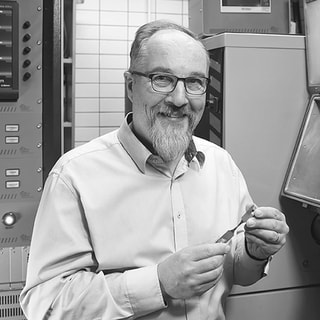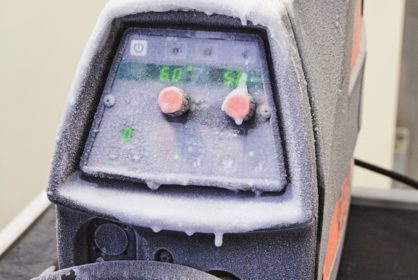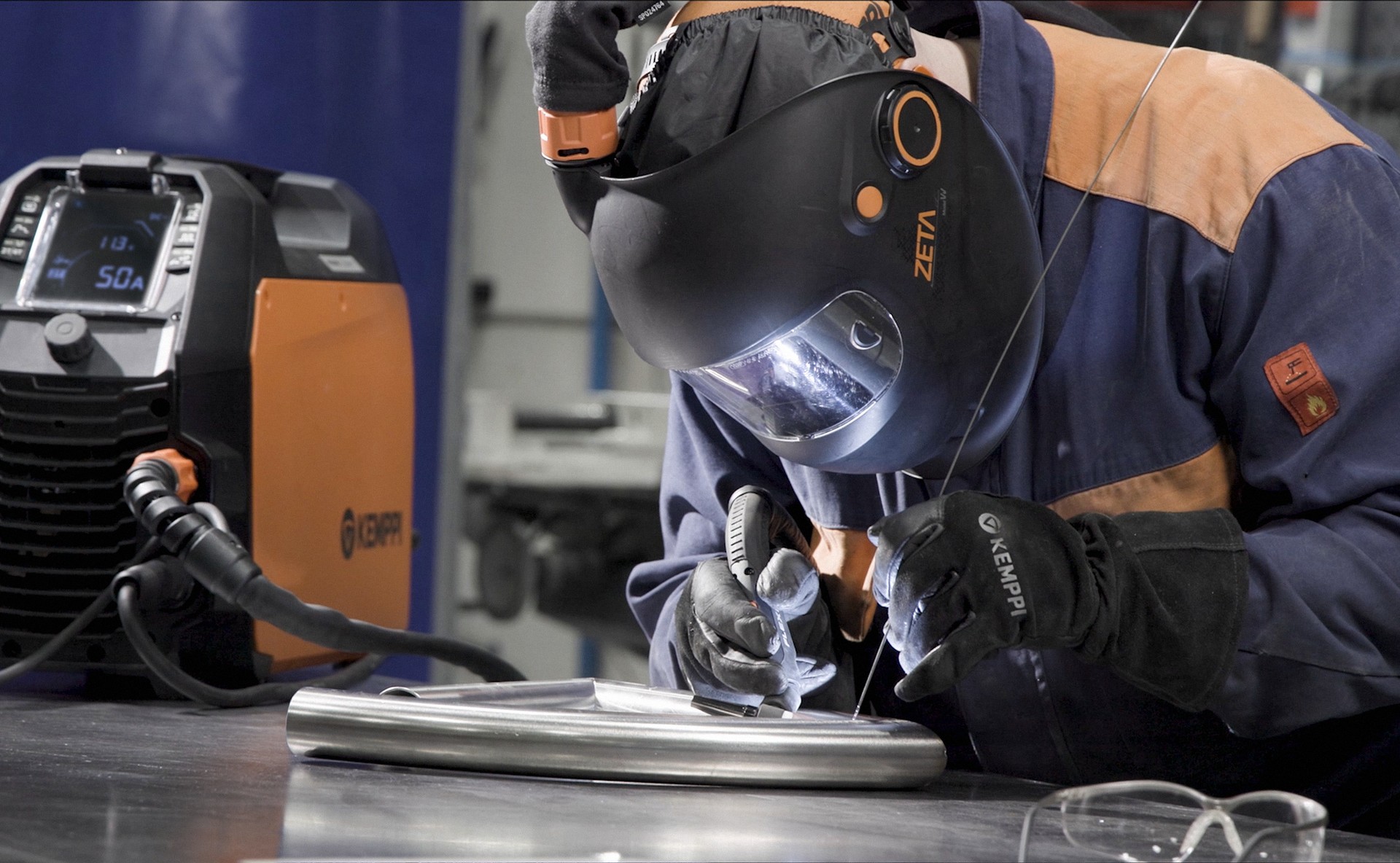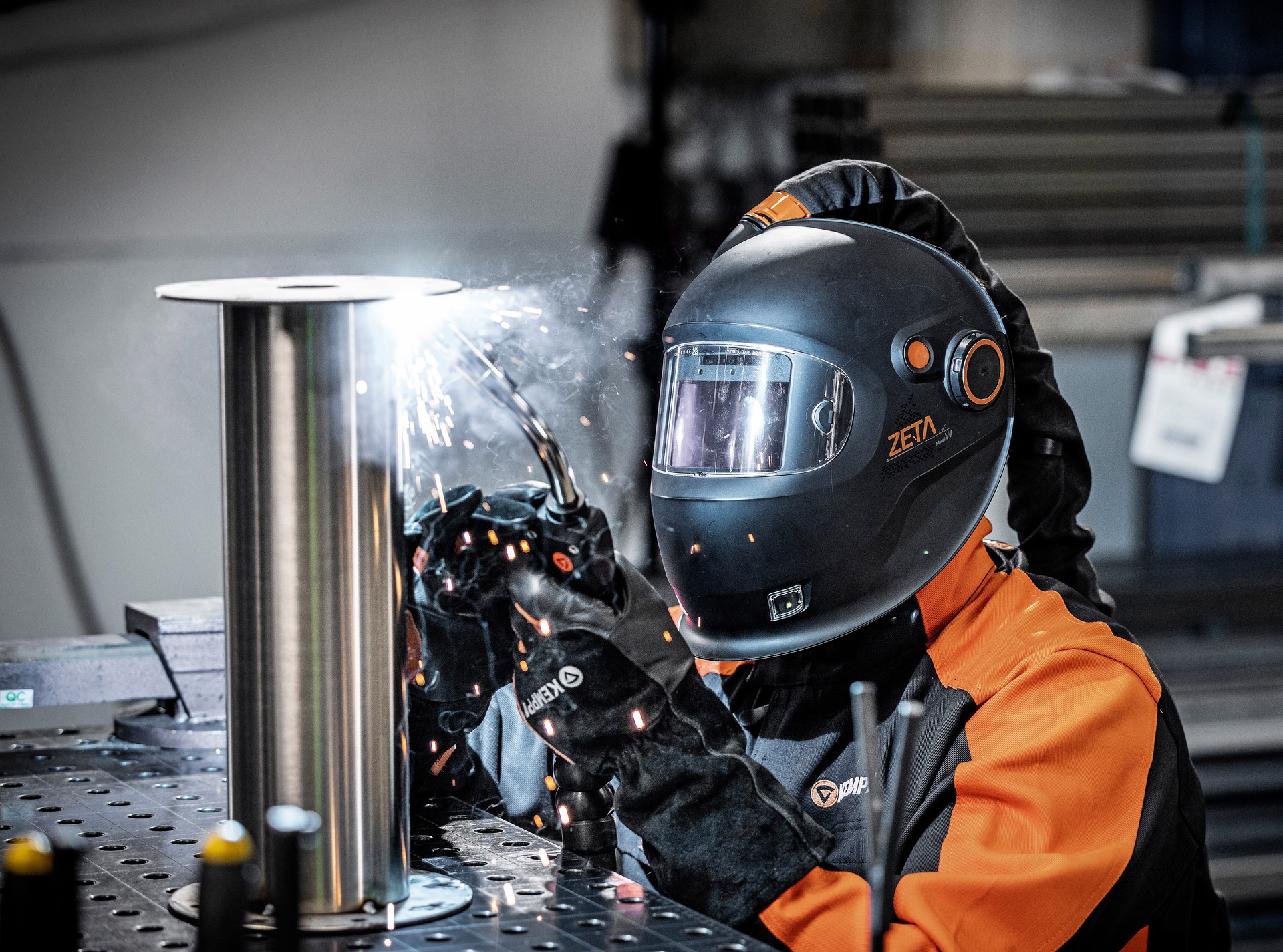
Innovation
How Ready Are We for Green Steel?
20 June 2021
The steel industry is without a doubt one of the highest CO2-emitting industries and its effects on the environment raise concerns. High-strength and “green” steel can offer both environmental and financial benefits for manufacturers that contribute to sustainable development. But how ready are we to commit to it?
Jukka Kömi
There's a reason to talk about steel production and its role within global CO2 emits, as steel is the key material used to build e.g. heavy infrastructure from bridges to railways, pipes, and machinery. Its role within ecological development should also interest the welding industry as these very elements are welded together to stand the test of time.
Rising population growth, higher urban populations, growing automobile sectors, and increased spending on construction and infrastructure projects are expected to drive the market. In terms of geographical areas, China is a major contributor to global steel production, and India is the fastest-growing steel market.
The crucial fact from an environmental point of view is that the steel industry produces about 8 % of global CO2 emissions and is recognized as one of the main contributors to climate change due to the ore-based production technology that needs coal as a source of energy.
Turning talk into action
Talk about sustainable steel development started already 30 years ago, but development was slow until the 21st century when it rapidly increased due to the safety requirements of the automotive industry. The surprising fact is that the technology for producing more sustainable steel has been known since the late 1970s, but its practical application was so uncertain that there was trepidation in taking the first step.
Now there has been positive development within e.g. SSAB HYBRIT technology. It has the potential to reduce global carbon dioxide emissions with “green steel” where coal and coke are replaced with hydrogen gas as a sustainable alternative.
High-strength steel offers multiple environmental benefits
Another interesting development is related to high-strength steels with a standard yield strength of about 900 MPa - almost three times as strong as regular steel. It means that the same structural strength can be obtained with lighter, thinner end products which in turn reduces CO2 emissions due to fewer steel tons needed in production.
Using high-strength steel for e.g. manufacturing ship and heavy machinery parts leads to reduced fuel consumption due to lighter vehicles. Structural redesign can also reduce production costs, through durable structures that extend the lifecycle of the end-product.
Every part of the value chain matter
We shouldn't forget the consumers who demand sustainability. It pushes the industry forward at every point of the value chain which means that each actor needs to do their part in helping to meet the targets of zero emissions across all industry applications.
Moving towards a green industry demands companies and businesses but can also offer opportunities for players like Kemppi. There is interest and commitment. The technology exists. We just need to be prepared to invest in it and make decisions that support sustainability.
Kemppi has been an active player in sharing the welding expertise in testing the new steel materials and the right parameters when welding these advanced materials. In the future, I see Kemppi as a company that has a lot to give in playing a part in the new ecological value chain. The question is, how do you consider and want to tackle these new developments as the forerunner of arc welding?
Sources: 1. Hitsaustekniikka 2/2021: SSAB kohti fossiilitonta terästä HYBRIT-teknologian avulla Jarmo Lilja, Process Development Manager, SSAB Europe Oy

Jukka Kömi
Jukka Kömi
Professor, Physical Metallurgy; Head of Materials and Mechanical Engineering Unit, Executive Director of Centre for Advanced Steels Research (CASR) at University of Oulu.






